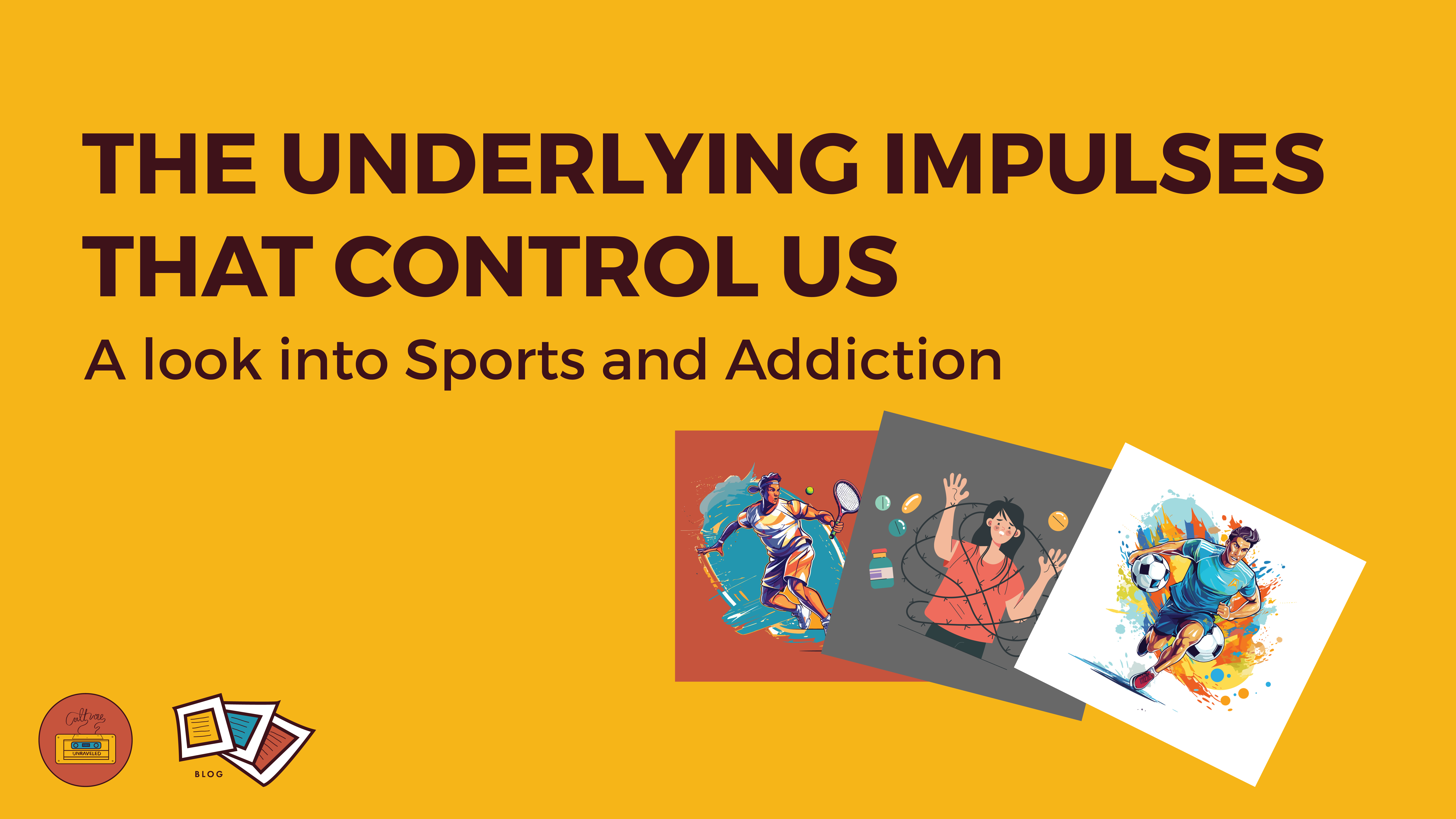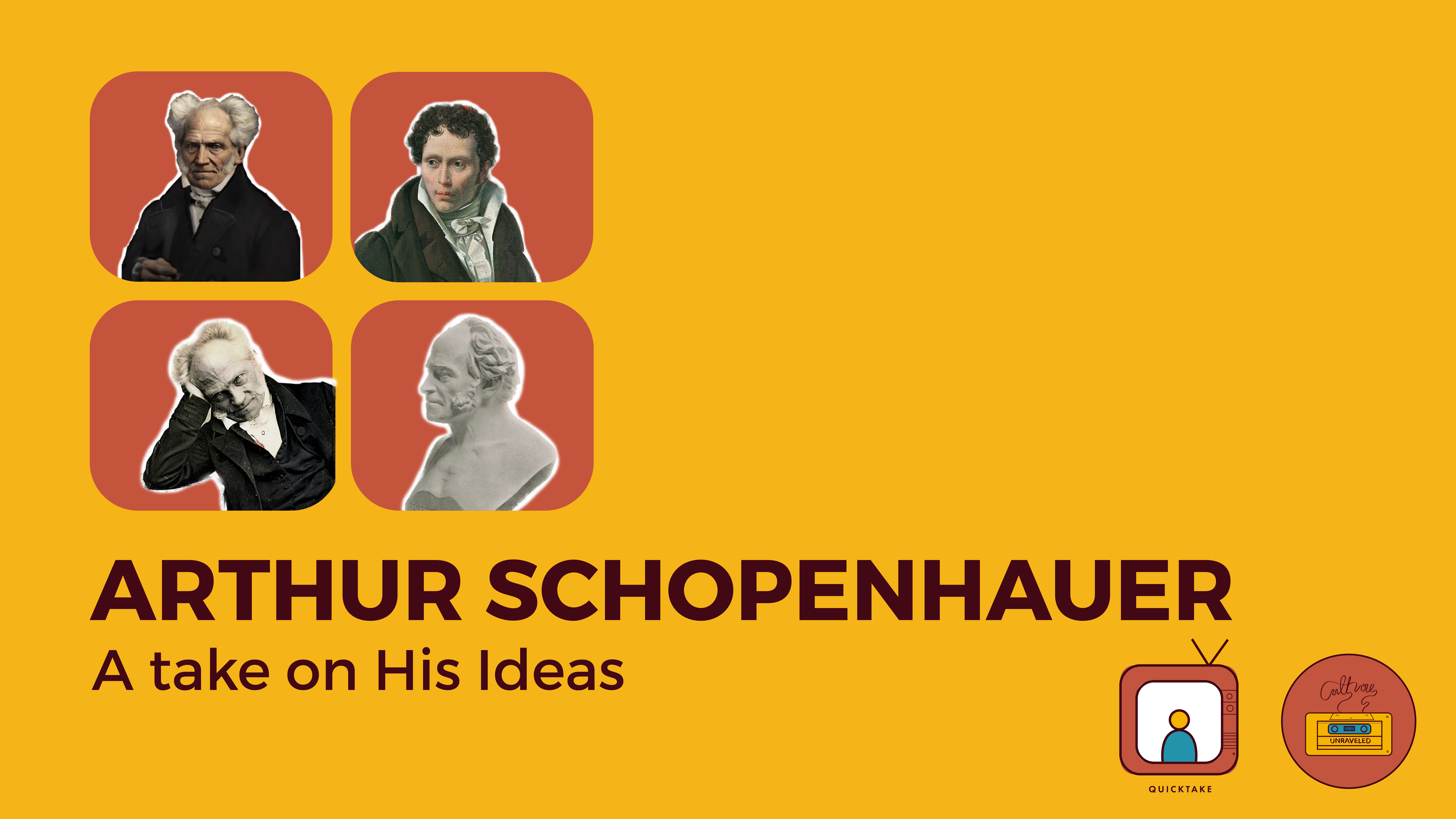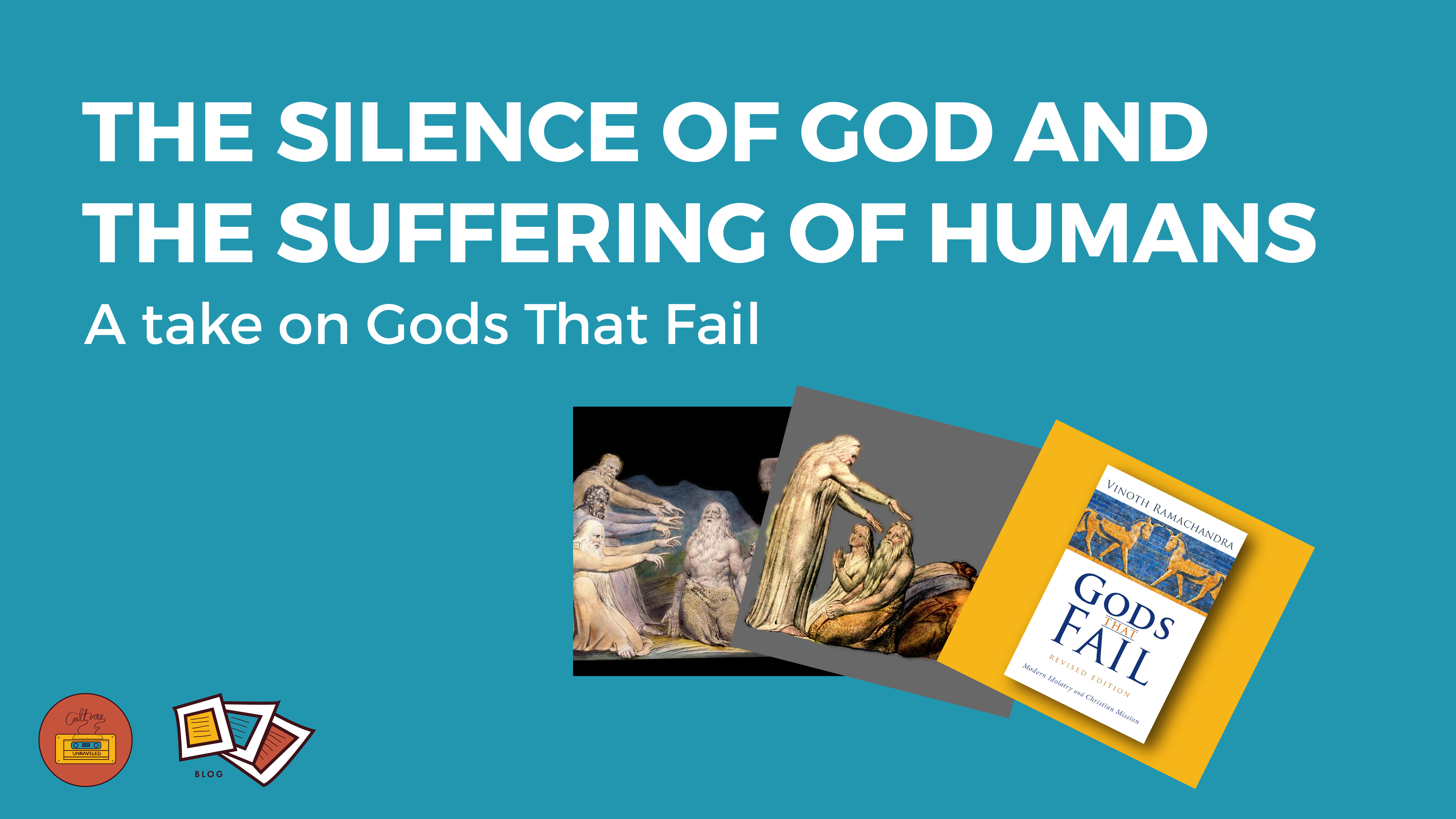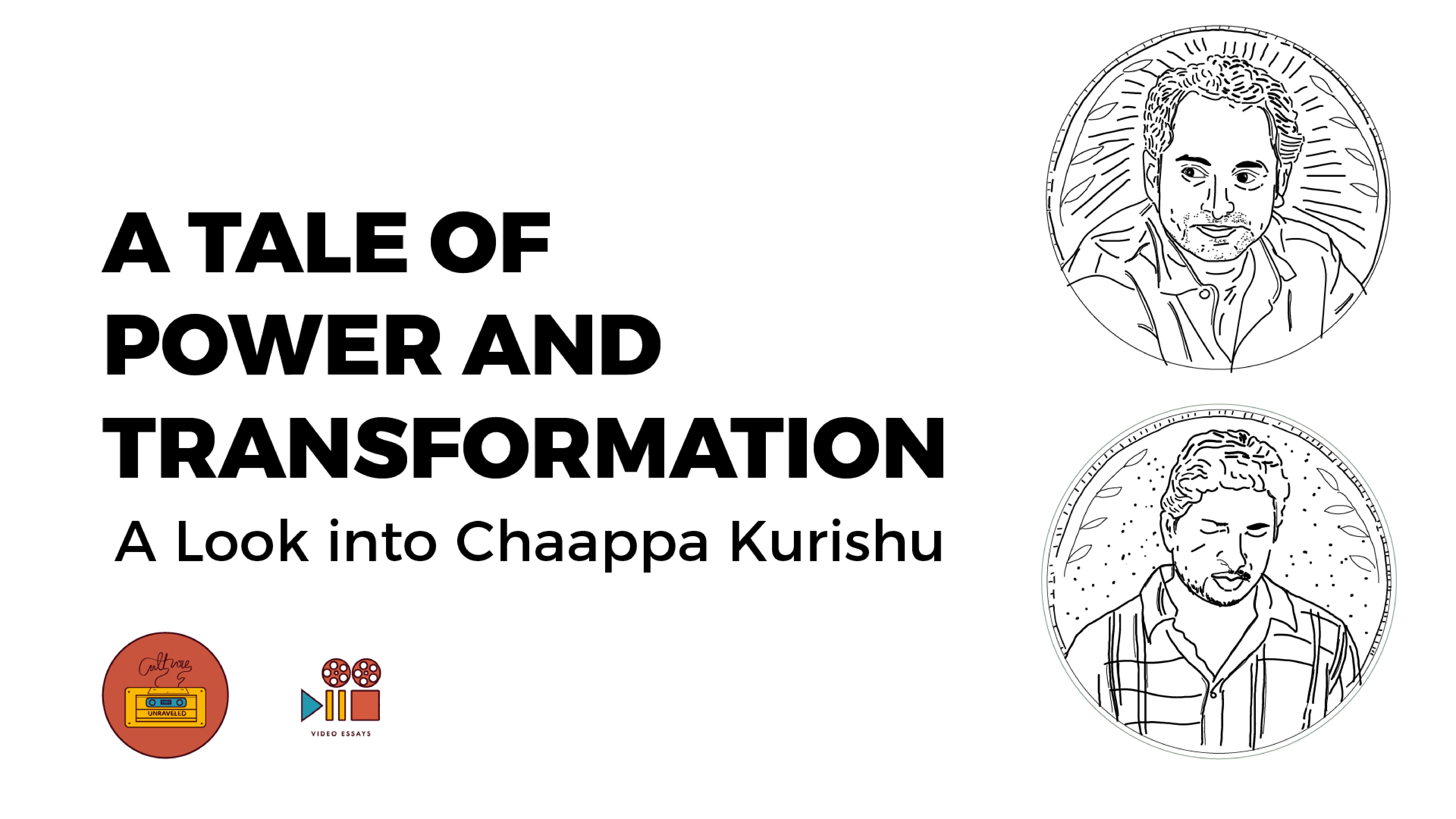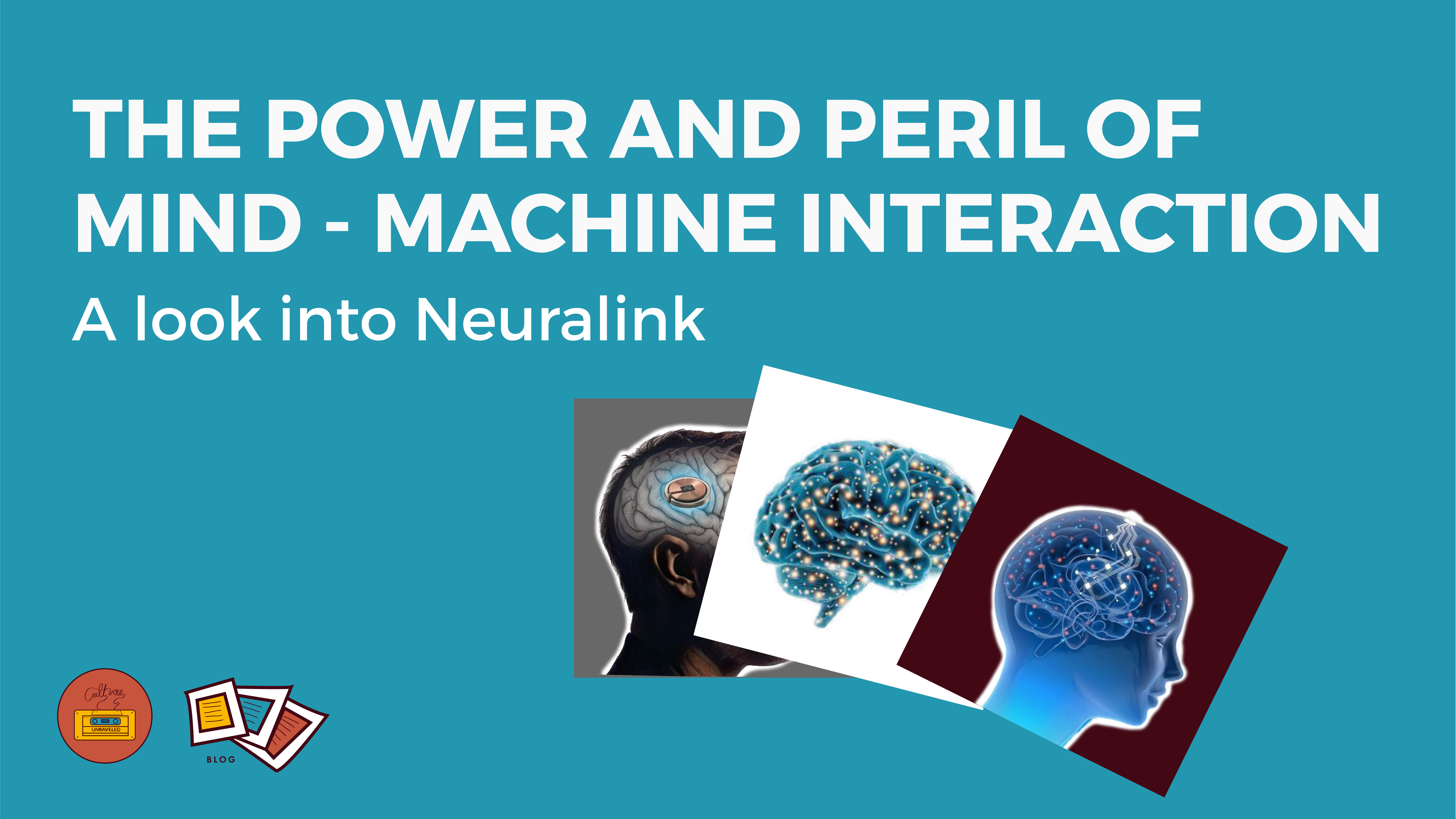
What is Neuralink?
In the early 1600’s, a philosopher and mathematician named Rene Descartes rippled these words through time, “I think, therefore I am!”, through them Descrates found his ever searching reason for his existence. He assumed a thinker always precedes a thought, therefore because he can express his gift of thought, he concluded, he exists. Descrates accurately presented to us a pivotal attribute of a human being; the gift of thought but he inaccurately linked the intangible thought to the reason of his existence.
And yet here we are, called to live in a time when we now are able to perceive the intangible. Through Neuralink we can now interact with real world object directly with only, yes only, our intangible thoughts, furthermore surpassing the body altogether. But it does not stop there, it can also simulate the brain artificially with senses based on external triggers. Think about this for a minute, interpreting and simulating our brain will both be possible with Neuralink, but it’s the latter that troubles many.
This is how Neuralink works, our brain is made up of thousands of cells called neurons, these neurons perform functions of receiving, transmitting and processing signals, it’s these signals that are passed on through neurons that eventually help us in any actions. How we perceive colour, sight, smell, touch, pain and movements are a complex interaction of these neurons transmitting and processing signals in our brain. But not all parts of our brain perform all functions, rather studies show that there are certain areas handling specific functions. When the Neuralink device is implanted surgically in the concerned area of our brain, they can detect accurately the electrical signals generated and transmitted by the neurons. The patterns of electrical signals transmitted in our brain are studied, interpreted and then recognised by Neuralink to send appropriate messages to external interfaces.
Think for a second of its potential; imagine a quadriplegic being able to control a computer just by thought, or take that further and able to control their bionic limbs. Imagine a blind whose sight has been impaired, now able to perceive colour through artificial simulation. The possibilities are endless, but so is the capacity to exploit. Let’s keep aside the technicalities of the implementation and simply think through the moral dilemma we have on our hands. It’s best navigating it with an old folklore, The Pied Piper, it begins with a problem, the town of Hamelin faced a severe plague of rats, and though the townsmen tried many solutions none worked.
Surprising everyone probably, the solution was completely unexpected, a piper with a hypnotic rhythm promised to lead the rats away! Well the mayor and the piper shook on that, along with a decided wage if he was successful. The piper succeeded, but the mayor reneged and the piper, in anger, went rogue. The piper used the instruments to lead the children away, leaving both the town and the family’s hearts empty. Shouldn’t we now ask the obvious, was the fife the problem? No, the fife cannot play a rhythm by itself, it’s an inanimate object, but what about the greed of the mayor and the townsmen and the anger of piper? Intentions and actions walk together and so often the silent rhythms are the most dangerous!
Weighing against the eight balancing scales
The initial intentions of the mayor and the townsmen were genuine, we do not question those, but what about the latter part of the story? Isn’t it astonishing that only after the problem is resolved, when we ought to expect gratitude, the moral foundations collapse. Not in desperation, but at rest! Neuralink, is like the fife, an instrument, but the intents of the minds that lead it can either be healing for humanity or be increasingly invasive. When we are presented with a solution of this magnitude, how then shall we use it? As free as we are in choosing our paths, our will is always wavering and our hearts proven unreliable. Always have are intents hedged against something robust and immovable, not our hearts! To ensure that, firstly, we must always be careful of who or what drives us, scripture reminds us to work with all of our hearts as we would do for God. It goes further and tells us that God himself should be our reward and nothing else. Expecting anything else most certainly can be a distraction. So for all of us who in any way have the ability to impact Neuralink, our intentions are key, hedge them on God!
Keeping our intentions hedged, here’s how we can balance ideas and actions, I refer to them as the eight balancing scales from scripture. This is how it reads, “... whatever is true, whatever is noble, whatever is right, whatever is pure, whatever is lovely, whatever is admirable— if anything is excellent or praiseworthy—think about such things.”. All thoughts and actions, initiated or evaluated by us should fit, not any of but ALL these criteria. More often than none, I’ve found myself on the right side when I measured my moves with these weights.
Lead your heart, do not follow!
Vaclav Havel once said, “The tragedy of modern man is not that he knows less and less about the meaning of his own life, but that it bothers him less and less”, if Neuralink does not bother you, as a technologist myself who works in Finance with AI, let me warn you it should! But I also see the possible potential for good it can have. So my call really if for each one of us to stand up with purpose as it carves the path for its future. There’s no mind too small to contribute, there’s no voice too feeble to speak nor a pen too dull to write. We may be called to be contributors to the solution like the pied piper, or be the ones who looks for the problems to solve like the townsmen and the mayor or some possibly to drive the rhythm of the silent narrative, wherever we are and to whatever end goal we are called, let’s hedge our intentions of God, weigh our every action and strive to be impactful in a time such as this.
_________________________________________
Written by Nyal Fernandes


